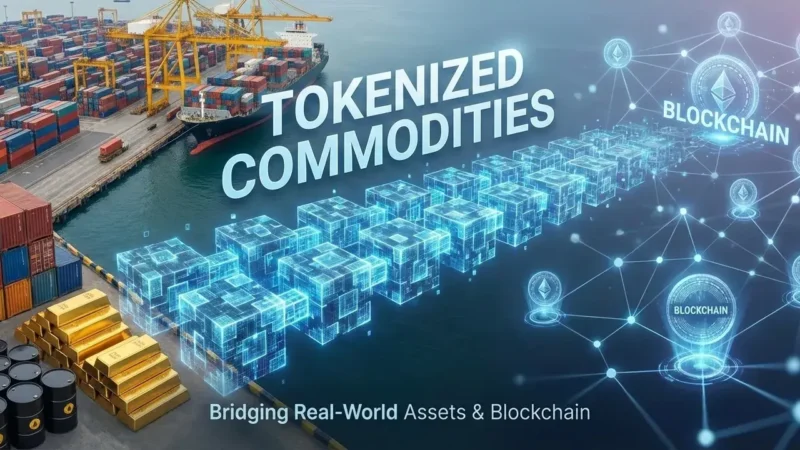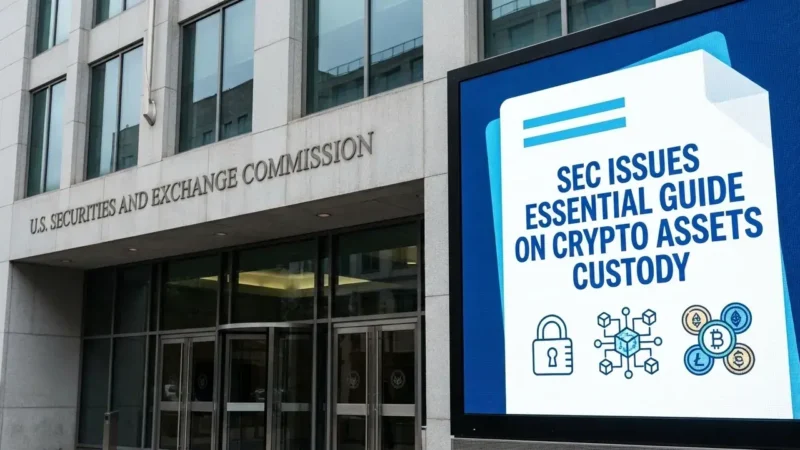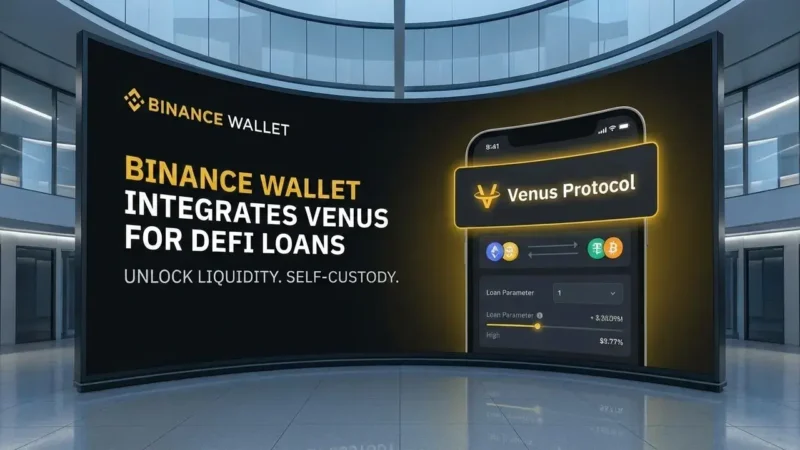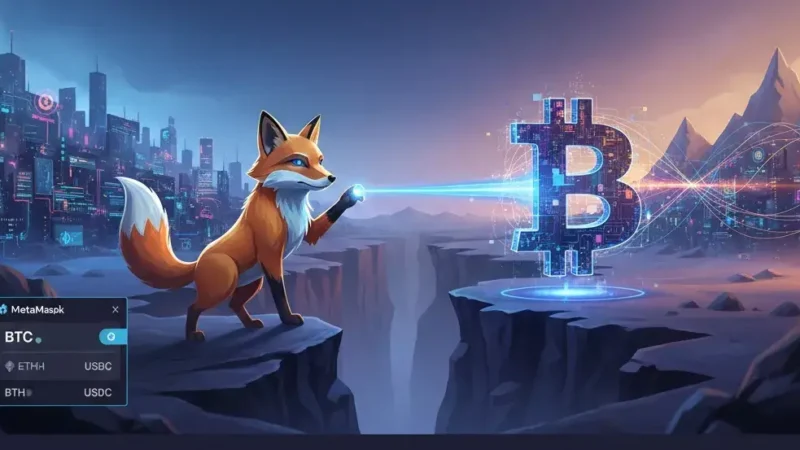Solana’s Alpenglow Upgrade: A Catalyst for Price and Performance

The Solana blockchain has long been a frontrunner in the race for scalability and speed, positioning itself as a direct competitor to traditional Web2 infrastructure. Recent market activity, marked by a surge in Solana’s native token, SOL, above the $213 mark, has brought renewed attention to the network’s ongoing development. This price movement is not happening in a vacuum; it is a reflection of growing investor confidence, fueled by a major network proposal: the Alpenglow upgrade. This ambitious initiative, currently in the hands of the community for a vote, promises to fundamentally redefine Solana’s performance metrics by slashing block finality times to a lightning-fast 150 milliseconds.
Understanding the Market Dynamics of SOL
The recent price action of SOL is a classic example of how technological anticipation can drive market sentiment. With trading volumes surging, a clear pattern has emerged, with traders closely eyeing the $218 resistance level. A successful breach of this point could pave the way for a push towards the more ambitious breakout level of $251. Such price targets are not merely speculative; they are a direct response to the tangible advancements being made on the Solana network. Investors are betting that the upcoming Alpenglow upgrade will be a game-changer, not just for the network’s efficiency, but for its value proposition as a leading Layer-1 blockchain.
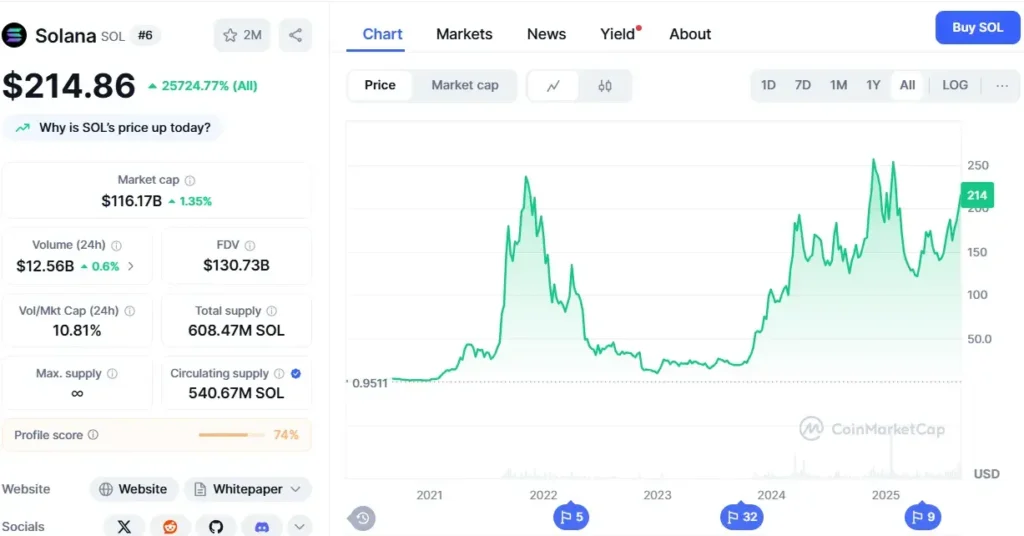
The relationship between network upgrades and token price is a symbiotic one. A successful, widely adopted upgrade enhances the utility and performance of the network, which, in turn, makes the native token more valuable. For Solana, the Alpenglow upgrade could unlock new use cases that demand near-instantaneous transactions, such as high-frequency trading on decentralized exchanges (DEXs), real-time blockchain gaming, and responsive Web3 applications. These new applications would drive more activity and demand for SOL, reinforcing its position in the market. This forward-looking perspective is what underpins the current bullish sentiment, as traders and long-term holders alike recognize the potential for a new era of network performance.
The Technical Leap: What Is Alpenglow?
The Alpenglow upgrade is far more than a simple patch or optimization; it is a complete overhaul of Solana’s core consensus architecture. Engineered by Anza, a spin-off from Solana Labs, the upgrade aims to replace the existing Proof-of-History (PoH) and Tower BFT mechanisms with a new, more efficient protocol. The key components of this transformation are Votor and Rotor.
- Votor: This new voting mechanism is designed to simplify and accelerate the process by which validators agree on the state of the blockchain. It introduces a two-tiered finality process. If a supermajority of 80% or more of the stake votes in the initial round, block finality is achieved almost instantly, often within 100 milliseconds. If participation falls to 60-80%, a second voting round is initiated, still achieving finality within a best-case window of around 250 milliseconds. This flexible approach ensures both speed and safety, a significant improvement over the current system’s reliance on a fixed number of subsequent blocks to achieve finality.
- Rotor: This component focuses on optimizing data dissemination across the network. By reducing the number of “hops” and leveraging a stake-weighted relay system, Rotor streamlines how data moves between validators. This improvement reduces network overhead and improves synchronization, which is crucial for supporting a high-throughput blockchain.
The combination of Votor and Rotor addresses some of the most significant challenges that have historically faced Solana, including high latency and the growing ledger size from vote transactions. By moving voting off-chain and streamlining communication, the Alpenglow upgrade aims to deliver a network that is not only faster but also more economically and operationally efficient for validators.
Why Block Finality is a Game-Changer
To truly appreciate the significance of a 150ms block finality, one must understand the concept of finality itself. Block finality refers to the point at which a block of transactions is considered permanent and irreversible. On most blockchains, this process can take anywhere from minutes to hours. On Solana, it currently stands at approximately 12.8 seconds, which is fast by industry standards but still presents a bottleneck for applications that require a real-time user experience.
With a 150ms finality, Solana would achieve a level of responsiveness comparable to that of traditional Web2 applications. This speed is critical for use cases such as:
- Decentralized Finance (DeFi): Fast finality allows for on-chain Central Limit Order Books (CLOBs) that can rival centralized exchanges in terms of order matching speed, attracting high-frequency traders and institutional capital.
- Gaming: A smooth, lag-free experience is essential for blockchain-based games. The Alpenglow upgrade would allow game states to be updated and reflected across the network in real-time, eliminating a major barrier to mass adoption for Web3 gaming.
- Payments: Near-instant transaction confirmations make Solana a more viable option for real-time payment processors, enabling streaming payments and other time-sensitive financial applications.
This technical leap would not only solidify Solana’s reputation as a high-performance network but would also expand its potential user base and application ecosystem, directly impacting the long-term value of the SOL token.
The Vote and the Road Ahead
The fate of the Alpenglow upgrade now rests with the Solana validator community. A vote is currently underway, and for the proposal to pass, it requires a two-thirds supermajority of the total cast votes. The outcome of this vote will be a key determinant of Solana’s future trajectory. While the technical benefits are widely acknowledged, the community must weigh the risks associated with such a fundamental change to the network’s core protocol.
Assuming the vote passes and the upgrade proceeds, it is expected to be rolled out on the mainnet in early 2026 after a comprehensive public testnet phase. This measured approach ensures that the new architecture is thoroughly vetted for performance, security, and reliability before it is deployed on the live network. The successful implementation of the Alpenglow upgrade would cement Solana’s position as a leader in the blockchain space, pushing the boundaries of what is possible on a decentralized network.
Stay informed, read the latest crypto news in real time!
In conclusion, the recent surge in SOL’s price is a powerful signal from the market that the community is optimistic about Solana’s future. The Alpenglow upgrade represents a monumental step toward achieving the network’s vision of a high-performance, real-time blockchain. If successful, this upgrade could not only propel SOL’s price to new highs but also make Solana the go-to platform for a new generation of high-speed, real-time decentralized applications.

